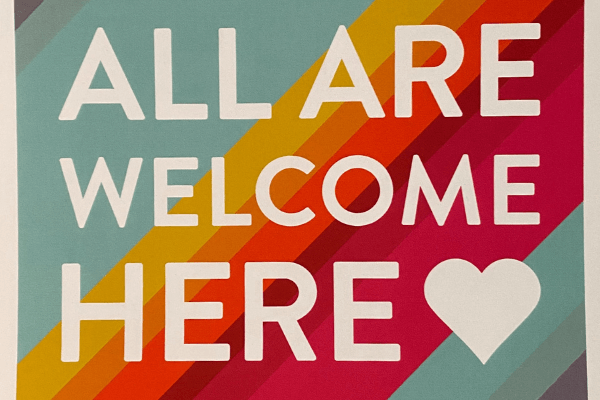
As a healthcare provider, one of my top priorities is to ensure that I am providing quality healthcare to as many people as I possibly can. This means being accessible, affordable, and inclusive. Healthcare for all is one of my biggest goals.
Note: Dr. Laura Meihofer is a U.S. based Doctor of Physical Therapy; for this blog, we will be focusing on healthcare statistics that pertain specifically to the United States.
What is Healthcare for All?
So, it sounds pretty simple, but let’s really get into it – what is healthcare for all? The AAFP, or American Academy of Family Physicians breaks it down like this:
The goal of Healthcare for All is to “ensure health care coverage for everyone in the United States through a foundation of comprehensive and longitudinal primary care. .. a goal based upon AAFP policy which recognizes that health is a basic human right for every person…”
Healthcare for all ensures that people of all races, sexual orientation, gender identity and age are receiving equitable and accessible healthcare. Healthcare for all means that it doesn’t matter what your income level is; that Cindy who makes $1,000 per month and Jane who makes $8,000 per month both receive the same healthcare services and opportunities.
Countries all over the world have policies that allow for equitable and accessible healthcare systems for their citizens. When compared to ten other high-income countries, the United States was ranked the lowest. The U.S. also spends the most money on healthcare out of those countries.
What is the impact of Healthcare for All?
Without healthcare for all, we’re left with a large part of the U.S. population being either under insured, or entirely uninsured and a lack of accessible healthcare.
This causes a snowball effect – no (or lack of) insurance coverage means that people are either not able to afford care, or not seeking it at all; and therefore we have communities of people that are sicker, less likely to be diagnosed, less likely to receive care, and more likely to succumb to their illnesses and diseases.
I’ve touched recently on BIPOC Healthcare and on LGBTQIA+ healthcare – these communities are some of the most likely to not receive equitable healthcare. BIPOC are commonly misdiagnosed and folx in the LGBTQIA+ community can sometimes not find care at all.
Communities at and below the poverty level are oftentimes left without insurance, or with a lack of insurance, and are more likely to be denied healthcare due to cost, or to not seek it out.
Why does Healthcare for All matter?
As we’ve discussed, healthcare for all means that all people have an equal right to healthcare. So, more people are likely to seek out healthcare and a diagnosis for any issue they may have.
When your physical health is better, your mental health is better. Did we just solve the mental health crisis in America? No, of course not. But when your body is physically healthy, you are more likely to have decreased risk of mental health issues.
Healthcare for all creates better health community-wide; According to Tulane’s School of Public Health and Tropical Medicine, there is a 20-30 year lifespan difference in communities with healthcare inequities versus those with good access to healthcare. Equal access to healthcare could prolong the lives of millions of Americans.
And if you want to look at this from an economic perspective, it has been shown time and again that richer nations typically have better healthcare than poorer nations do. Healthier humans are more economically driven and productive.
But truthfully, why does healthcare for all matter? Because every human deserves to have their health cared for. It’s as simple as that.
As stated in the AAFP’s definition of healthcare for all – healthcare is a basic human right.

What I’m doing to help
As a Pelvic Floor Physical Therapist, there are a few steps that I’m taking to ensure that I am accessible and offer equal healthcare opportunities to all humans.
- I offer remote appointments, as well as in person at my office in Rochester, MN.
- I am constantly learning new healthcare practices and re-educating myself in order to best serve patients of all backgrounds.
- I offer flexible treatment plans to ensure that everyone has access to the treatment that they need.
It’s my goal to provide equal healthcare to folx across the U.S., no matter how big or small your pelvic floor issues may be. Ready to see the doctor? Schedule a FREE 20-minute discovery call with me.
Looking for more resources regarding your pelvic health? Check out my Instagram, my Youtube Channel, and my other blogs!
More content you may like:
Some of the links on this page may be affiliate links. Laura Meihofer’s LLC is a participant in the Amazon Associates Program and others, as an affiliate advertising program designed to provide a means for sites to earn advertising fees by linking to products Laura organically uses and trusts. If you purchase a product through an affiliate link, your cost will be the same, but Laura will automatically receive a small commission. Your support is greatly appreciated and helps her spread her message!






Sorry, the comment form is closed at this time.